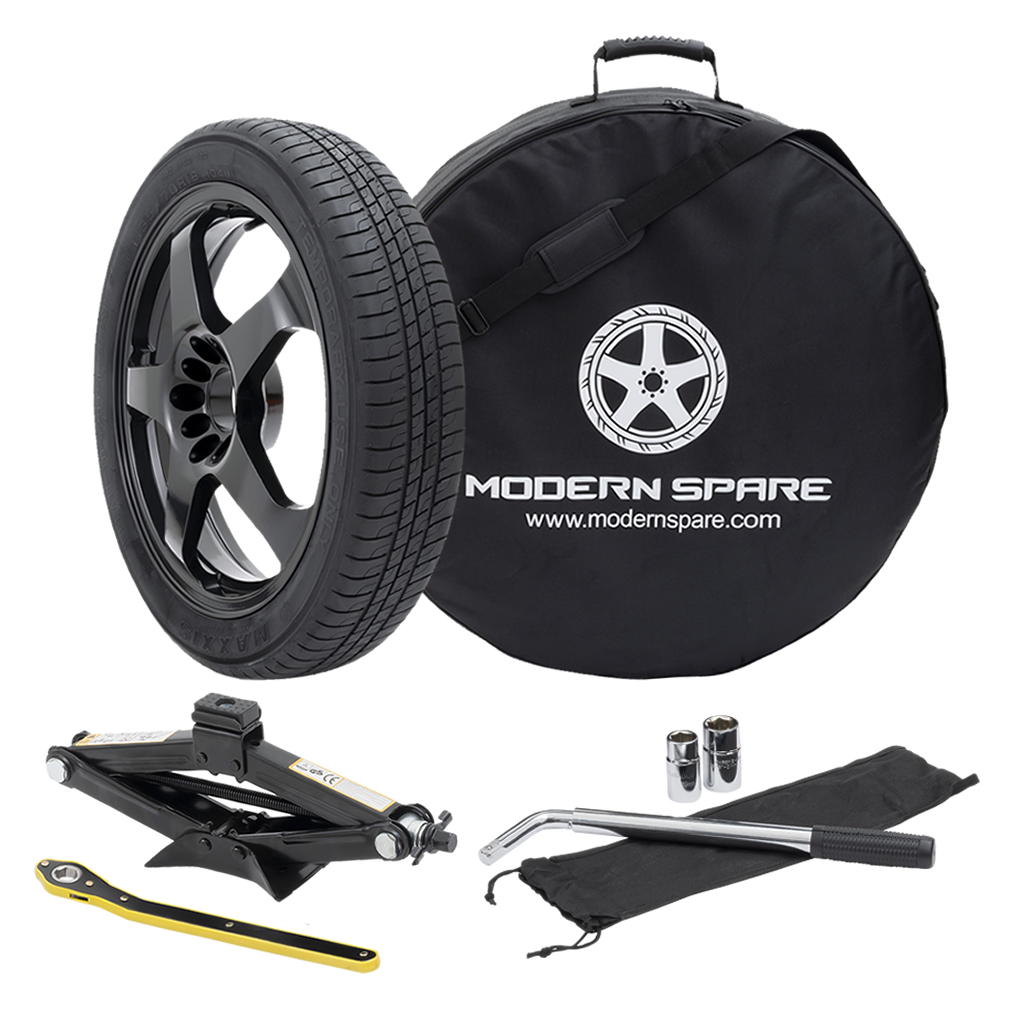I live well over 200 miles from the nearest service center and I’m hoping to not rely on them much at all. Will be picking our new MY up today and I’m just trying to get prepared for unusual situations. So far this is my list:
1. Will be buying a 19” Gemini wheel and tire from someone on FB Marketplace while I’m in Denver getting the MY. We put as many as 24 miles per day on dirt and gravel roads. Farmers and ranchers often have screws or staples or nails fall out of their pickups and you’ll damage a tire once a month or so. When my wife gets a flat I’ll be able to come to her with the spare and swap it out and send her on her way. Then we’ll get the damaged one repaired while she’s still using the car. No different than what we have to do with our Odyssey.
2. Will be buying lift pucks so I can facilitate the above mentioned process
3. Will have a mobile charger with some adapters so I can plug it into various 240V NMEA connectors. Will make sure I can plug it into my 3-phase Miller Bobcat welder/generator so if we have a mistake on trip planning nearby our house at some point, I can just go charge with the generator for a bit to get the rest of the way home
4. Maybe have a battery powered heat gun in the vehicle? I have heard that supercharger cords can be difficult to deal with when it gets really cold? Also my home charger for the fIt at year will be outside so it might need some TLC from the heat gun occasionally as well?
I’m struggling to think of other things. I guess there is no point in carrying jumper cables even for helping others as you’re not supposed to jump another car with a Tesla? I have a battery powered air compressor but I will probably leave it at home almost always because it takes a fair amount of room.
What am I missing?
Thanks
1. Will be buying a 19” Gemini wheel and tire from someone on FB Marketplace while I’m in Denver getting the MY. We put as many as 24 miles per day on dirt and gravel roads. Farmers and ranchers often have screws or staples or nails fall out of their pickups and you’ll damage a tire once a month or so. When my wife gets a flat I’ll be able to come to her with the spare and swap it out and send her on her way. Then we’ll get the damaged one repaired while she’s still using the car. No different than what we have to do with our Odyssey.
2. Will be buying lift pucks so I can facilitate the above mentioned process
3. Will have a mobile charger with some adapters so I can plug it into various 240V NMEA connectors. Will make sure I can plug it into my 3-phase Miller Bobcat welder/generator so if we have a mistake on trip planning nearby our house at some point, I can just go charge with the generator for a bit to get the rest of the way home
4. Maybe have a battery powered heat gun in the vehicle? I have heard that supercharger cords can be difficult to deal with when it gets really cold? Also my home charger for the fIt at year will be outside so it might need some TLC from the heat gun occasionally as well?
I’m struggling to think of other things. I guess there is no point in carrying jumper cables even for helping others as you’re not supposed to jump another car with a Tesla? I have a battery powered air compressor but I will probably leave it at home almost always because it takes a fair amount of room.
What am I missing?
Thanks





